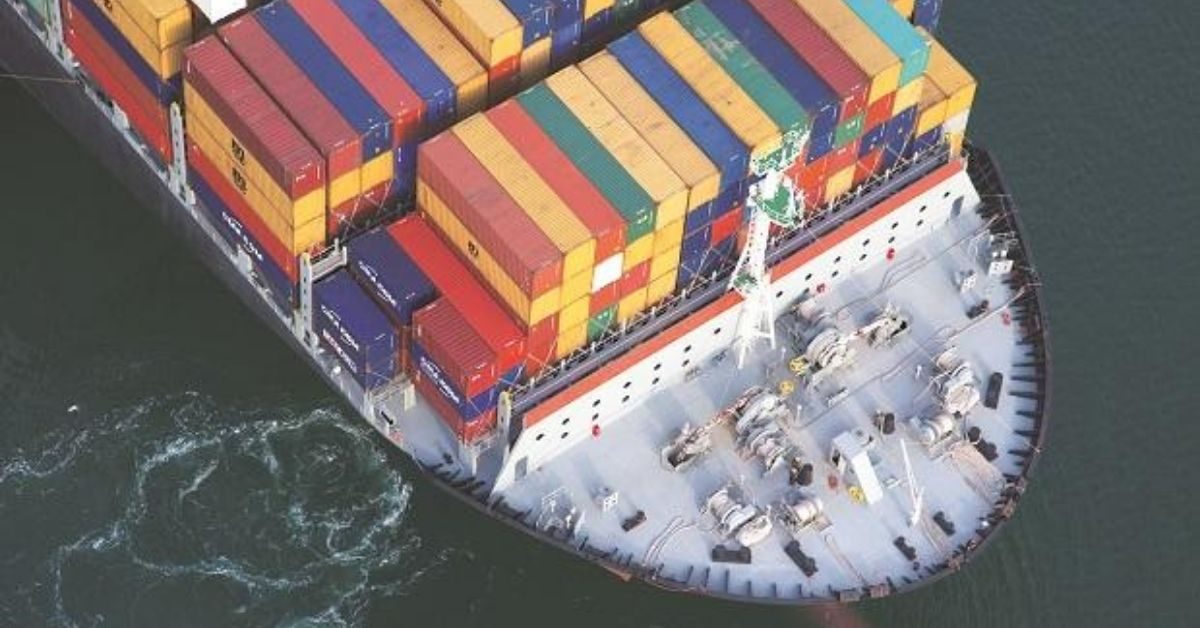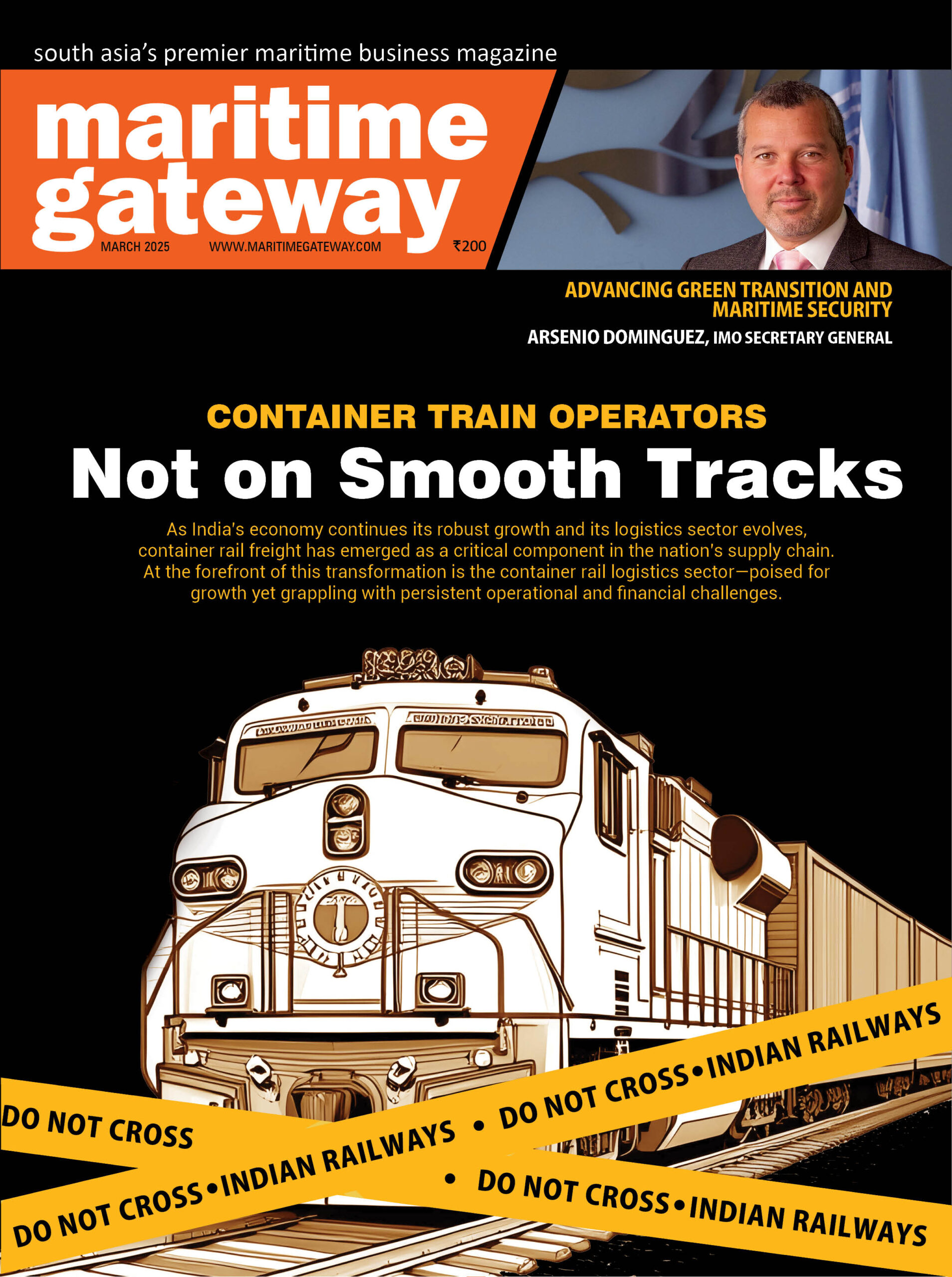This year, container freight rates will be determined by how liner operators control shipping supply, rather than actual cargo demand, predicted a key South Korean shipping researcher.
Korea Maritime Institute (KMI) shipping research director Ko Byung-woo told the 2023 Oceans and Fisheries Outlook conference last week shipping lines had concurred that stabilising freight levels, rather than raising market share, would maximise profits.
He said: “The fight for market share hurt the container shipping market, but today, following consolidation, the liner industry is more oligopolistic, where a few companies exert significant control over a market, enabling their joint actions to control the supply of ships. We are, therefore, sceptical about a nosedive in freight rates.”
Indeed, Sea-Intelligence’s latest report, yesterday showed liner operators cut capacity by 18% in the lead-up to the Chinese New Year holiday that began last Friday.
Sea-Intelligence estimates that the percentage of blanked Asia-US west coast sailings increased to 36%, compared with 7.6% before last year’s lunar holiday. There was a similar trend on Asia-US east coast and Asia-North Europe services, with capacity deployment decreasing 11% and 6%, respectively, bringing slot supplies in both lanes closer to the pre-pandemic baseline.
Mr Ko predicted the increase in global container traffic would rise by an annual average of 3% up to 2030. This is below the 3.6% growth seen between 2010 and 2022, which meant container shipping demand would slow over the long term, he said.
This year, however, owing to Russia’s invasion of Ukraine and inflation, KMI expects global container traffic to grow just 2%, with volumes on Pacific and Asia-Europe routes declining 0.3% and 2%, respectively, while intra-Asia routes continue to look positive, with an estimated growth of 4.4%.
Another conference speaker, KMI port analytics director Lee Ki-yeol, believed global port container volumes this year would reach 890m teu, up 2.3% on last year. Of this, transhipments are estimated to increase by 2.4%, year on year, to 230m teu.
And Asian port throughput is estimated to grow 2.5% this year, as emerging Asean economies continue to recover from Covid-19, but growth in US and European ports is not expected to exceed 2%, due to a shortfall in energy supply, caused by sanctions on Russian oil and gas. In addition, austerity measures in Europe would adversely affect consumption, he told delegates.







